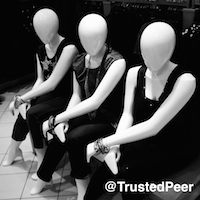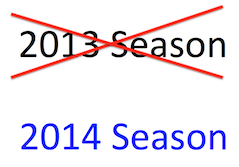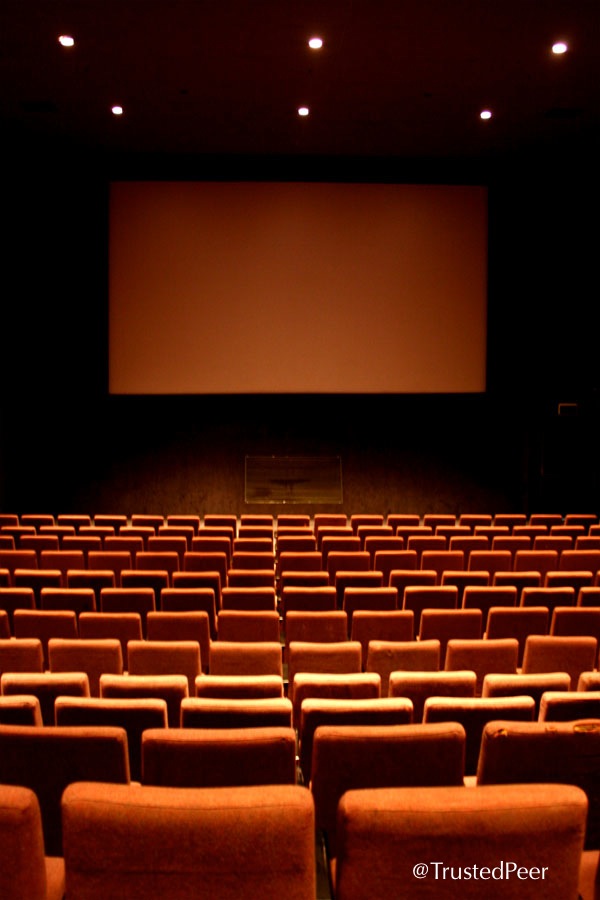Every business seeks new revenue, and extensions of a product line are a good bet for driving it. However, as I mentioned in 'Sequel Products: When Are They a Good Idea?,' extensions are only a good idea in specific circumstances. So, what can you do if your product does not meet any of the criteria for being extended? When a sequel product is not advisable, a brand reinvention may be the right step.
What is the difference between the two?

- A line extension is when a new product is added to an existing brand portfolio without changing the brand identity. For example, a hockey team can sell a new style or size of fan jersey. This gives fans a reason to buy something new from the team, without changing the team's name, colors, roster or brand identity.
- A brand reinvention, on the other hand, is when an existing brand is redefined. This entails altering what consumers think the brand delivers for them. To achieve this, a hockey team would likely change names, trade players, movie cities, or change player behavior – to alter their image in the eyes of fans.
You may wonder why a brand would go through the work of reinventing itself, when they could make the potentially simpler move of producing new offerings under existing branding. After all, building a brand requires significant investments of time and money.
The answer is found in the product life cycle. If a brand is on the decline, management may not agree to fund a line extension. After all, a declining product may indicate a value proposition with decreasing relevance or a target audience with decreasing purchasing power.
- You retain the consumer name recognition you worked so hard to build with the original product. Over time, in a successful reinvention, this name comes to mean something different from what it did initially, without having to start from scratch.
- You keep the value of the brand name among retailers or distributors. Using the name that they associate with a trusted supplier helps with distribution for your new offering.

What does a successful brand reinvention look like? One example comes from Banana Republic®. This brand was originally a travel-oriented store, supplying books about voyages and excess military clothing store. However, they redefined the brand to be a high-end casual clothing store, allowing them to target a more affluent audience. Though the original store might have conjured the feeling of walking into a safari, the new store experience is more about clean lines and elegance.
If a line extension is not the right move for your brand, consider whether a brand reinvention would be worthwhile. If you have a mature brand with strong name recognition, but a declining product, you could be a good candidate.
If you need consulting on Product Life Cycle Management, contact TrustedPeer Expert Ted Judson.


 Of course, there are exceptions to this rule. Video games are an example with which I have extensive experience from my time at EA. The occasional success of sequel products in this arena is in part because the original games helped build the market to its current size. Initially, video gaming was a smaller business, but as console gaming advanced and early fans became advocates, the audience and revenues grew, as did the audience’s age!
Of course, there are exceptions to this rule. Video games are an example with which I have extensive experience from my time at EA. The occasional success of sequel products in this arena is in part because the original games helped build the market to its current size. Initially, video gaming was a smaller business, but as console gaming advanced and early fans became advocates, the audience and revenues grew, as did the audience’s age!  2. If a line extension is a product improvement: This often occurs when technology advances after the release of the original product. To prevent being eclipsed by late entrants who can leverage the newer technology, a company can offer their own advanced version. Though the new product may replace the original on consumers’ lists, it also prevents the loss of overall share – and boosts reputation, by demonstrating innovation as a company value. (Don’t undervalue this attribute!). One example was the emergence of microwave ovens and the release of Orville Redenbacher’s Microwave Popcorn®. That could be an example where the new extension actually drove the technology; if you don’t believe me, check your microwave and see if there is a “Popcorn” setting!
2. If a line extension is a product improvement: This often occurs when technology advances after the release of the original product. To prevent being eclipsed by late entrants who can leverage the newer technology, a company can offer their own advanced version. Though the new product may replace the original on consumers’ lists, it also prevents the loss of overall share – and boosts reputation, by demonstrating innovation as a company value. (Don’t undervalue this attribute!). One example was the emergence of microwave ovens and the release of Orville Redenbacher’s Microwave Popcorn®. That could be an example where the new extension actually drove the technology; if you don’t believe me, check your microwave and see if there is a “Popcorn” setting!
